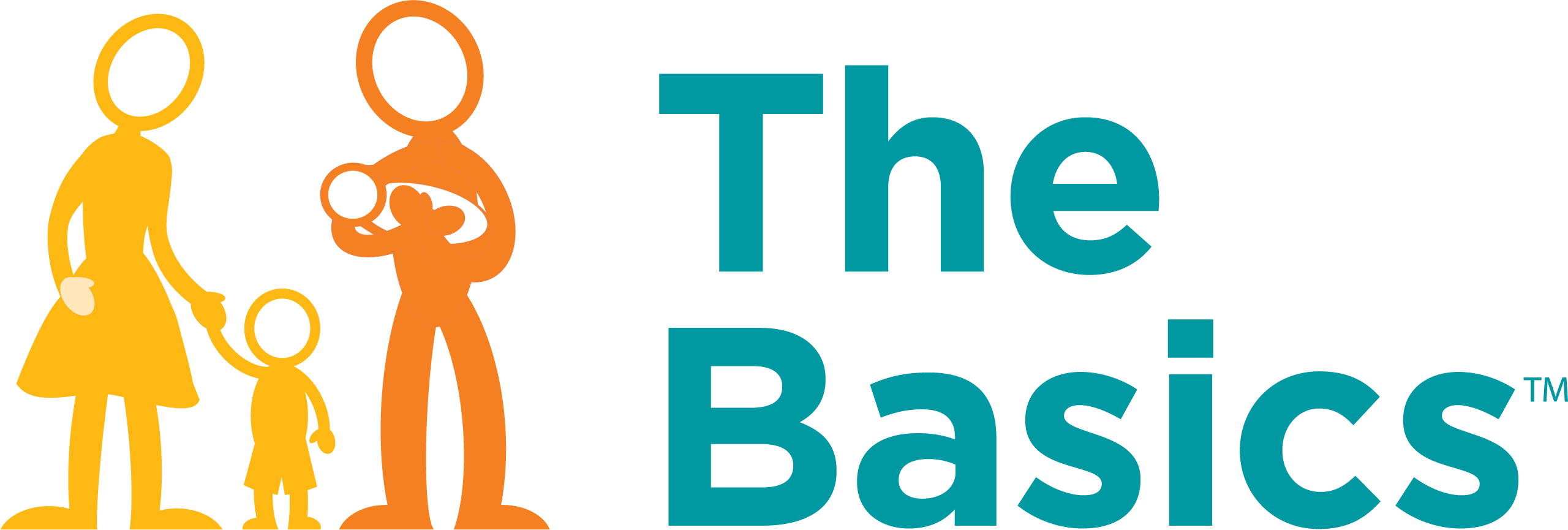Count sets of objects.
Help your child count groups of objects that are a little larger than the numbers they know well.
Choose something fun that’s coming up for your child, like a visit with a grandparent. Count the days until the event and lay out an item for each. So, if the event is 6 days away, place 6 coins on the table.
Count and find numbers in your community! You could count the sidewalk squares or look for numbers on signs.
Walk outside and talk about how objects fit into categories. See how many different leaves or different flowers your child can find. Point out ones that might not be obvious. ‘Look at that tulip. It has pink petals and a long stem.’
Match and sort objects by their features like color, shape, size, or what they do. For example, your child can help sort the silverware when you put it away.
Do a puzzle (you can make one by drawing a picture and cutting it into a few pieces). If your child needs help, give hints using position words like “below” or “above.”
Go on a scavenger hunt for rectangles around your home. Talk about which objects aren’t rectangles and why. “That block isn’t a rectangle because it only has 3 sides.”
Using a piece of string or yarn, measure how tall your child is. Cut the string and compare the length of string to other objects. Which is taller?
The next time you go to the store with your child, give them a job. Use “size words” when you ask them to help you. Say, “We need three large potatoes” or “Can you find two small red onions?”
Count with your child using your fingers. Fold down one finger and count how many are left. Hold up a few fingers on the other hand and count how many you have now.
